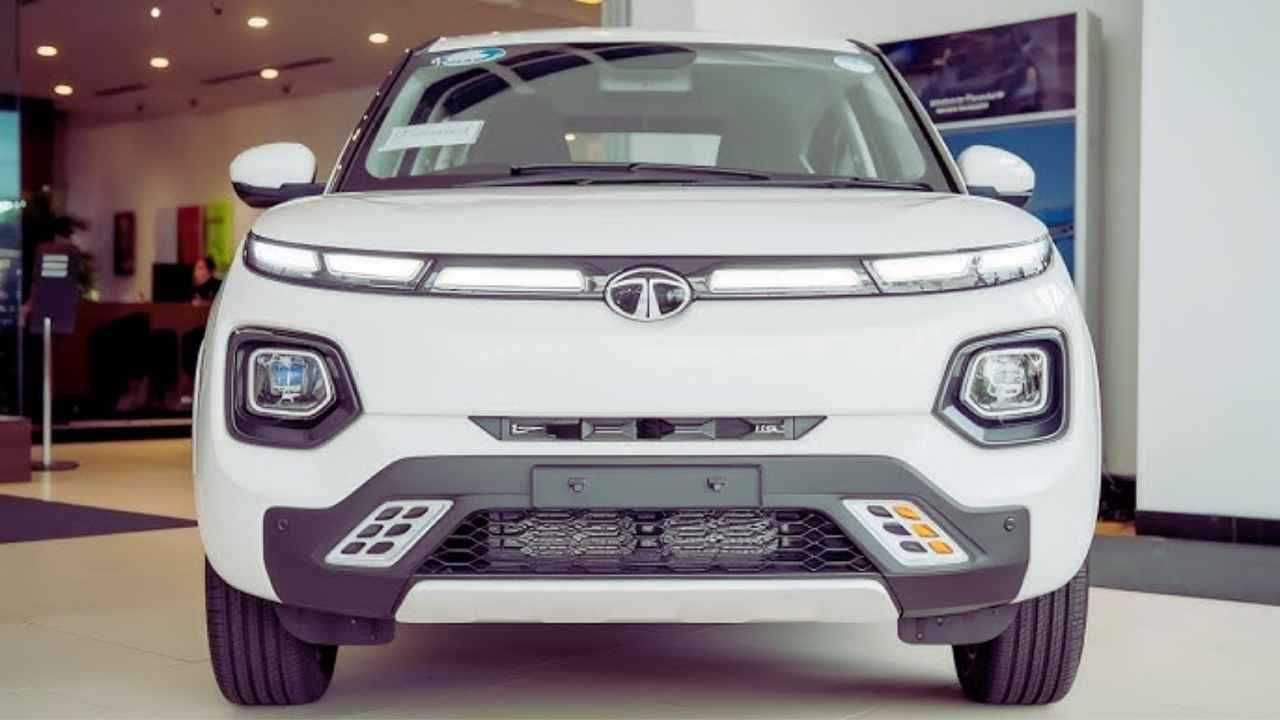Setting the Record Straight on Tata Nano 2025
The Tata Nano, once the world’s cheapest car, has fans buzzing with rumors of a 2025 return, but Tata Motors hasn’t officially confirmed a new Nano launch. Unlike the launched Hero Splendor Plus XTEC 2025 or Jawa 42 Bobber, the Nano’s revival remains speculative, driven by online chatter and X posts about petrol or electric (EV) versions. The original Nano, discontinued in 2018 due to low sales and BS6 norms, left a legacy of affordability. Here’s what a Nano 2025 might look like, blending realistic expectations with Tata’s budget-friendly ethos, while addressing the hype head-on.
Is a New Nano Coming in 2025?
No official announcement confirms a Tata Nano 2025. Websites and X posts claim launches from April to September 2025, with prices as low as ₹2–3.5 lakh or EV ranges up to 450 km, but these are unverified and often contradictory. Tata’s focus is on EVs like the Curvv and Harrier EV, plus facelifts for Tiago and Punch, making a Nano comeback unlikely soon. If it happens, mid-to-late 2025 feels plausible, possibly teased at Bharat Mobility Expo 2026, targeting city commuters and budget buyers.
What Could It Cost?
Speculated prices range from ₹3–7 lakh for a petrol Nano, undercutting the Tiago (₹5.57 lakh on-road, Delhi). An EV version might hit ₹6–9 lakh, not the unrealistic ₹2 lakh some claim, given battery costs. For context, the old Nano cost ₹2.05–3.43 lakh, and inflation plus tech upgrades would push prices higher. EMI plans or subsidies (like FAME III) could start at ₹1,500/month, appealing to students, families, or two-wheeler upgraders, far below the Splendor’s ₹81,001 bike price.
Modern Design Vibes
A 2025 Nano would ditch the old egg-shaped look for Tata’s IMPACT 3.0 style—sharp LED DRLs, a bold grille, and sleek lines, like the Punch. Compact at ~3.2m long, it’d navigate tight streets easily, with colors like Flame Red, Opal White, or a new teal. The cabin could seat four comfortably (unlike the Jawa’s solo seat), with ~100L boot space and fabric seats. Expect a minimalist yet modern interior, unlike the Nano’s bare-bones past, but not as plush as the Kodiaq’s luxury.
Engine and Power Options
A petrol Nano might use a 1.0L 3-cylinder engine (65–70 bhp, 90–95 Nm), shared with the Altroz, paired with a 5-speed manual or AMT, hitting 20–22 kmpl—less than the Splendor’s 73 kmpl but fuel-sipping for a car. An EV could pack a 20–25 kWh battery, delivering 30–35 hp and a 150–200 km range, not the hyped 300–450 km. Charging would take 4–5 hours (home socket) or ~1 hour (fast charger), with regen braking to stretch range, perfect for city hops.
Features That Pop
Expect a 7-inch touchscreen with Android Auto/Apple CarPlay, power windows, and a digital cluster—steps up from the Splendor XTEC’s Bluetooth display. Safety would include dual airbags, ABS with EBD, and rear sensors, possibly a camera on top trims. Higher variants might add keyless entry, AC vents, or connected tech like the Punch’s iRA, but no sunroof or ADAS like the Kodiaq. Tubeless tires and 180mm ground clearance would tackle potholes, keeping it practical.
Why Revive the Nano?
The Nano’s 2008 mission—to replace unsafe two-wheelers—still resonates as fuel prices climb (₹94–100/liter). A new model could save ~₹5,000/year over petrol bikes, appealing to India’s budget market. Unlike Jio’s unconfirmed scooter, Tata’s EV expertise (Nexon EV) makes a Nano EV feasible, though not at ₹2 lakh. It’d target urbanites and small families, leveraging Tata’s 5-star safety rep (unlike the old Nano’s crash concerns) and 416 dealerships, though service delays crop up on X.
Facing the Budget Rivals
A petrol Nano would battle the Maruti Alto K10 (₹3.99 lakh, 24 kmpl), Renault Kwid (₹4.70 lakh, 22 kmpl), and Maruti S-Presso (₹4.26 lakh, 25 kmpl). An EV would face the MG Comet EV (₹6.99 lakh, 230 km) and PMV EaS-E (₹4.79 lakh, 160 km). Tata’s build quality and features could edge out Maruti’s mileage or Kwid’s quirky look, but pricing will decide its fate. The Splendor’s ₹81,001 bike stays cheaper to run, but a car offers more comfort.
Track the Latest Updates
Avoid sites hyping ₹2 lakh Nanos or 400 km ranges—they’re often clickbait. Check tatamotors.com or Tata’s social media for legit news. Dealerships in Delhi, Bangalore, or smaller towns might hint at plans. X posts show Nano love but no proof—stick to official channels. Bharat Mobility Expo 2025 could spark clues.
| Specification | Details |
|---|---|
| Engine | 1.0L petrol (65–70 bhp) or EV (30–35 hp) |
| Power/Torque | Petrol: 90–95 Nm; EV: ~100 Nm |
| Mileage/Range | Petrol: 20–22 kmpl; EV: 150–200 km |
| Weight | 700–900 kg |
| Brakes | Front disc, rear drum; ABS |
| Tires | 155/65 R14, tubeless |
| Features | 7-inch touchscreen, airbags, Bluetooth, AC |
| Boot Space | 80–100L |
| Price | ₹3–7 lakh (petrol); ₹6–9 lakh (EV, estimated) |
The Final Word
A Tata Nano 2025, at ₹3–9 lakh, could revive Ratan Tata’s vision with modern style, tech, and efficiency, outdoing the Splendor’s bike utility or Jio’s rumored rides. But without confirmation, it’s a hopeful wish. If you’re eyeing another Tata, like the Punch facelift, let me know, and I’ll zoom in. Buckle up for what’s next!




